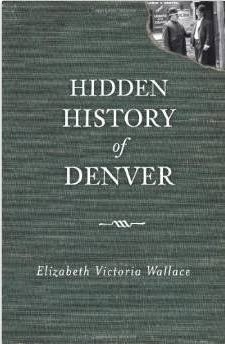
Excerpt from Extraordinary Places…Close to London.
The Guinness Book of World Records (1998) has Pluckley in Kent as being “the most haunted village in the country.” There are perhaps 12-16 ghosts that are said to appear in and around the village depending on who is telling the tale, but the village has a rich history beyond the ghosts.
At least 50 men from the village participated in the Jack Cade Rebellion of 1450 when the rebels, unhappy with the taxes imposed upon them, met with King Henry VI and their leader, Jack Cade. The meeting did not go well and it is reported that Cade's men killed at least 100 of the King’s men. Later, when the rebels were rounded up, most were pardoned for their involvement and returned to the village unharmed, but others were hung, drawn and quartered.
The Guinness Book of World Records (1998) has Pluckley in Kent as being “the most haunted village in the country.” There are perhaps 12-16 ghosts that are said to appear in and around the village depending on who is telling the tale, but the village has a rich history beyond the ghosts.
At least 50 men from the village participated in the Jack Cade Rebellion of 1450 when the rebels, unhappy with the taxes imposed upon them, met with King Henry VI and their leader, Jack Cade. The meeting did not go well and it is reported that Cade's men killed at least 100 of the King’s men. Later, when the rebels were rounded up, most were pardoned for their involvement and returned to the village unharmed, but others were hung, drawn and quartered.
In 1610, two local men, Martin Davye and Thomas Fell had an argument that spilled into the churchyard. Davye struck Fell who later died of his injuries. Davye was charged with murder but claimed “benefit of clergy” which meant that he could read and write Latin and was therefore considered an educated man. He escaped the hangman’s noose because of his status in the community, the sentence being reduced to manslaughter.







